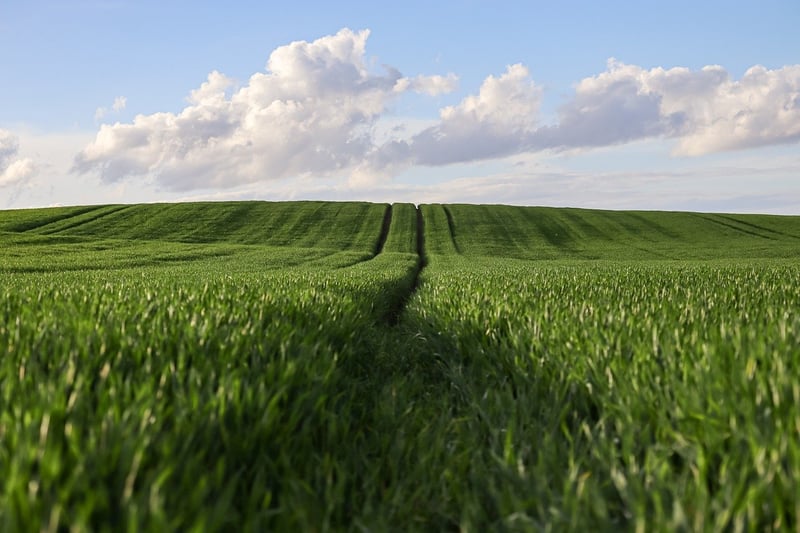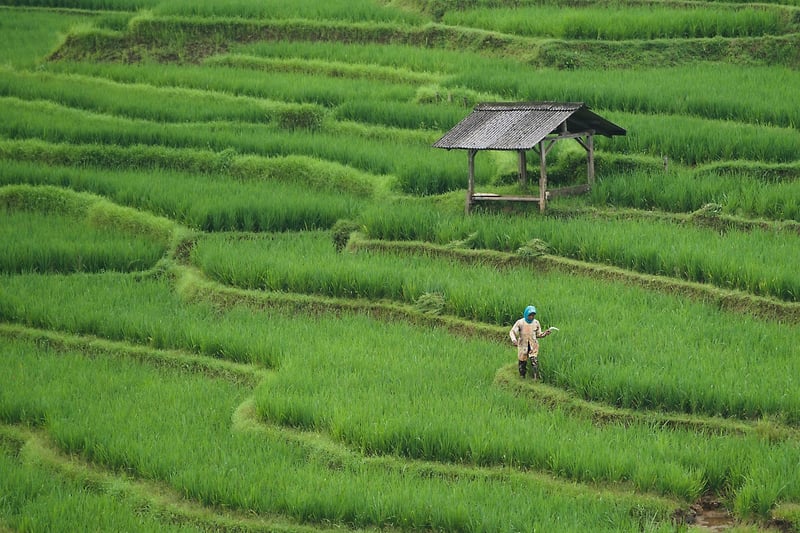Tall Crop Towers
Maximizing Crop Production: Vertical Farming
Traditional farming methods have been the backbone of agriculture for centuries, but with the world's population on the rise and arable land becoming scarce, innovative solutions are needed to meet the growing demand for food. Vertical farming offers a promising alternative by utilizing vertical space to grow crops in stacked layers, significantly increasing the efficiency of land use and crop production.
The Benefits of Vertical Farming
Vertical farming provides numerous benefits over conventional farming practices:
- Maximized Space: By growing crops vertically in stacked layers or towers, vertical farming makes efficient use of space, allowing for higher crop yields per square foot compared to traditional farming.
- Year-Round Production: Vertical farms can control environmental factors such as light, temperature, and humidity, enabling year-round crop production unaffected by seasonal changes.
- Water Efficiency: Vertical farming uses significantly less water than traditional farming methods by recirculating and reusing water within the system, making it a more sustainable option.
- Reduced Transportation Costs: Locating vertical farms closer to urban centers reduces the distance food needs to travel from farm to table, cutting down on transportation costs and carbon emissions.
- Pesticide-Free Environment: Controlled indoor environments in vertical farms reduce the need for chemical pesticides, resulting in cleaner, healthier produce.
Tall Crop Towers: A Vertical Farming Innovation
One of the key components of vertical farming is the concept of tall crop towers. These towers are vertical structures equipped with multiple growing levels, each with its own set of crops. Tall crop towers are designed to maximize space utilization and crop yield while minimizing the overall footprint of the farm.
Using advanced hydroponic or aeroponic systems, tall crop towers provide plants with the necessary nutrients and water, all while optimizing light exposure for efficient photosynthesis. This method allows for the cultivation of a wide variety of crops in a compact vertical space, making it ideal for urban environments or areas with limited arable land.
Conclusion
Vertical farming, with innovations like tall crop towers, holds great promise for revolutionizing the future of agriculture. By maximizing crop production in limited spaces, reducing environmental impact, and providing fresh, locally grown produce year-round, vertical farming offers a sustainable solution to the challenges of modern food production.
Embracing vertical farming practices and adopting technologies such as tall crop towers can pave the way for a more efficient, resilient, and environmentally friendly agricultural industry.


